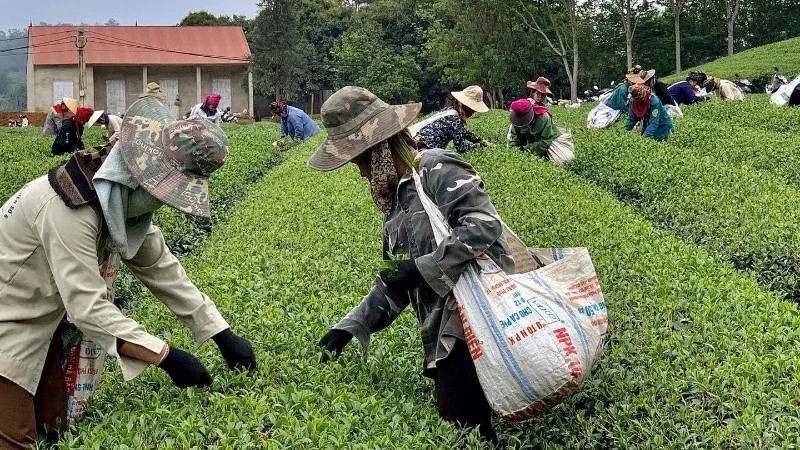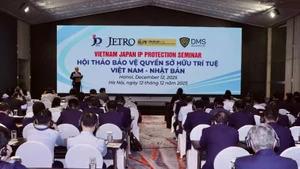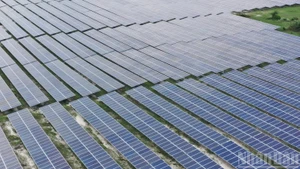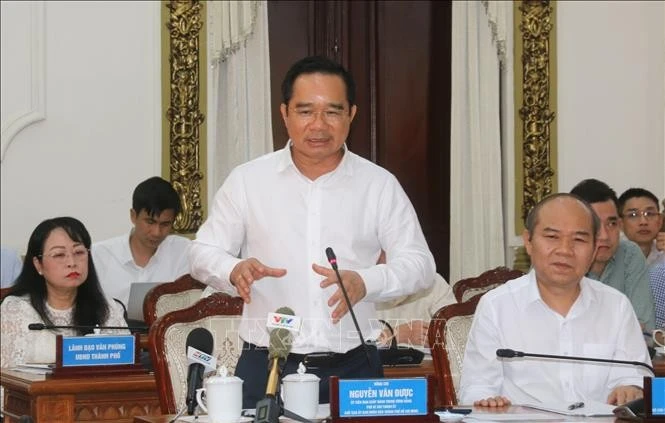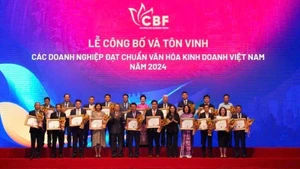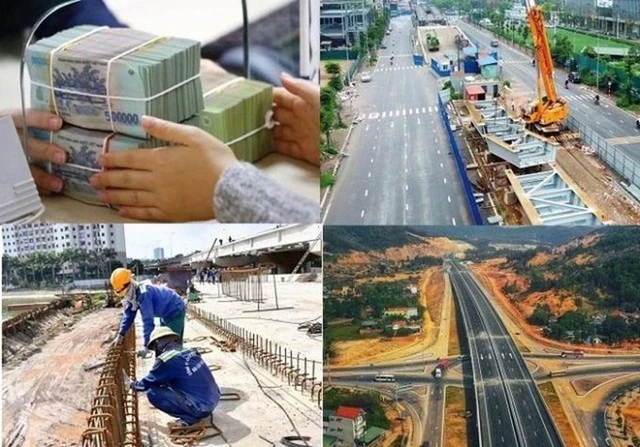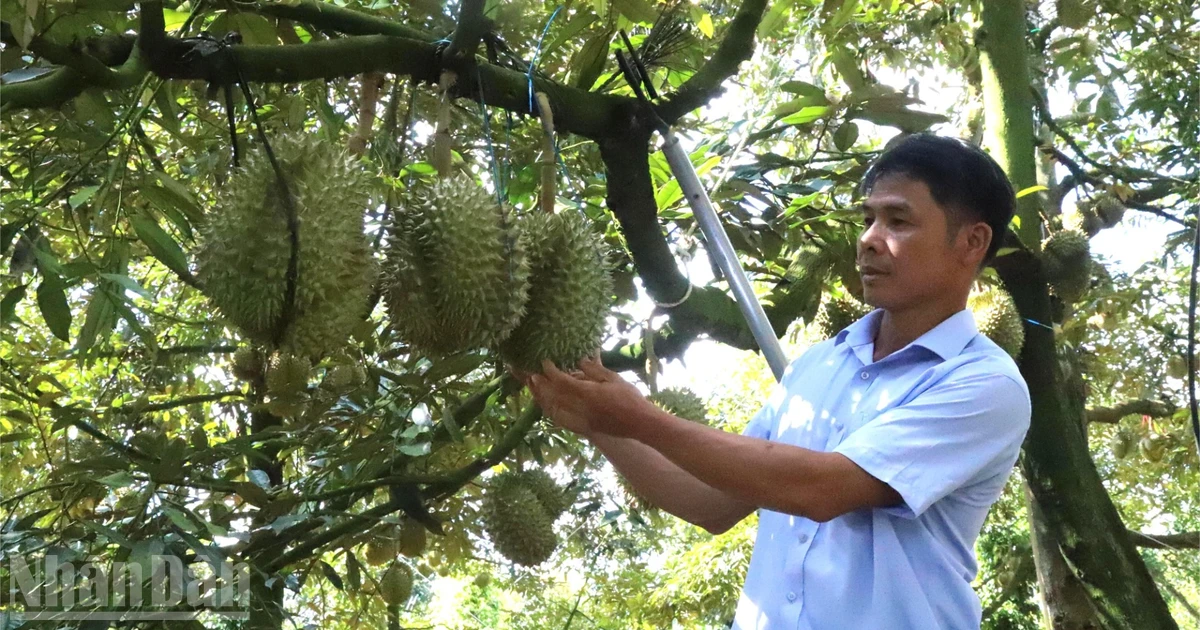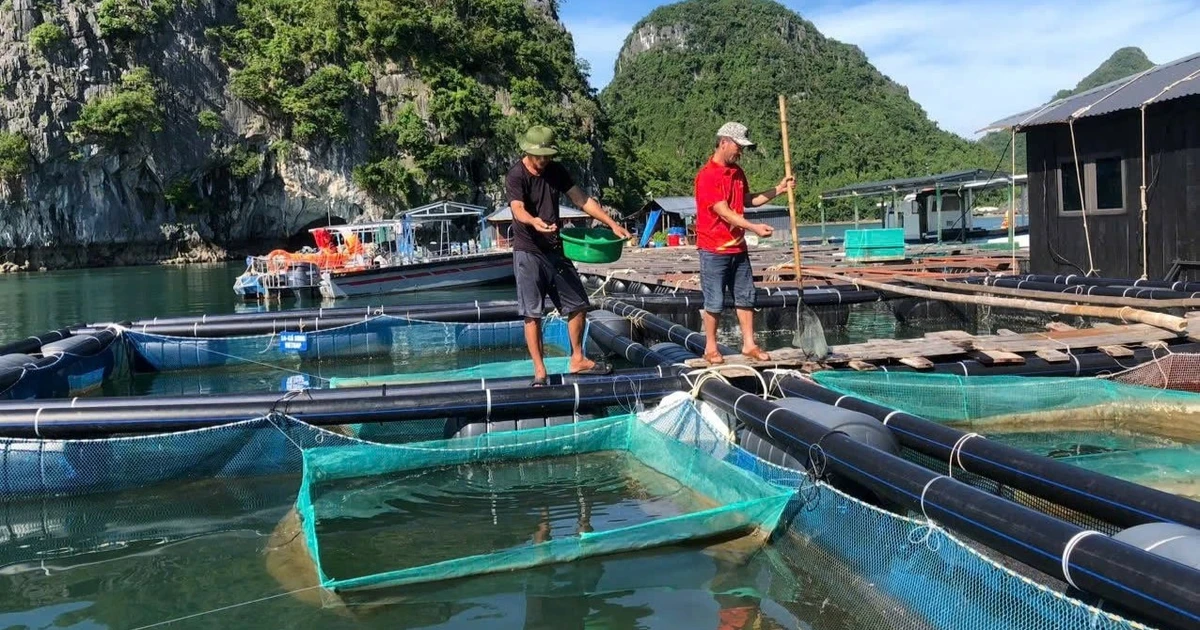According to recent statistical data, Vietnam's import volume of raw materials and accessories has consistently increased compared to the same period.
Major risks from dependence
For the textile and garment industry, October and November are typically the months when businesses ramp up imports of raw materials based on orders signed for the following year. According to statistics, in the first 11 months of 2024, the total value of textile and garment material imports reached 25.2 billion USD, marking a 14.9% increase from the same period in 2023.
While most countries participating in free trade agreements (FTAs) apply the yarn-forward rule (requiring a local content ratio from yarn production onward), domestic fabric supply meets only 50% of the industry's demand. This presents a significant barrier for Vietnam's textile and garment exports. Experts also warn that Vietnam risks tariff imposition on goods with imported materials from third countries, even if only raw materials are sourced externally or in cases of goods being labeled as “origin masking”.
This would significantly impact the competitiveness of Vietnamese products, especially against major rivals such as China—the global leader in yarn and fabric production, with a large and low-cost labour force and a central role in the global supply chain. Similarly, India, which is self-sufficient in fabric, yarn, and cotton, poses a formidable challenge.
Looking at Vietnam’s main competitors in the European Union textile and garment market—such as Bangladesh, Cambodia, and Indonesia—it is evident that their businesses are striving to enhance competitiveness and actively transition to sustainable textile production models, supported by a stable domestic supply of raw materials.
Similarly, for the plastics industry, the most pressing issue in 2025 will also be raw materials. According to Dinh Duc Thang, Chairman of the Vietnam Plastics Association, Vietnam imported nearly 1.1 million tons of PVC plastic resin in 2024, primarily from China. With domestic supply meeting only 30% of demand, businesses in the plastics industry face rising production costs, which weakens their competitiveness.
In the livestock feed industry, Vietnam imported nearly 22.4 million tonnes of raw materials in 2024. Even rice bran and broken rice, which are traditionally considered Vietnam's strengths, accounted for 304,000 tonnes of imports. The heavy reliance on imported raw materials (over 65% of raw ingredients and more than 90% of supplementary feed) has harmed the domestic livestock industry.
Transparency and standardisation of origin
Ensuring self-sufficiency in raw materials to optimise supply chains is a key investment focus for Vietnamese industries, especially as global trade in 2025 faces many uncertainties. Recognising the challenges caused by unstable raw material supplies, Vinatex has proactively built a closed supply chain from fiber – weaving – dyeing – garment production. Expressing pride in this initiative, Nguyen Duc Tri, Deputy General Director of Vinatex, emphasised that this strategy is crucial in reducing reliance on imported materials for Vinatex's businesses. In the plastics industry, Dinh Duc Thang noted that many enterprises are systematically and transparently developing domestic supply chains, aiming for self-sufficiency in virgin plastic materials and establishing recycling systems with waste classification at the source.
While commending businesses and industry associations for their proactive approach toward more sustainable production, Trinh Thi Thu Hien, Deputy Director of the Import-Export Department under the Ministry of Industry and Trade, highlighted the importance of gradually securing raw material supply and ensuring compliance with regulations on transparency in preservation and production technologies.
From another perspective, Associate Professor Dr Ngo Tri Long, former Director of the Price Market Research Institute under the Ministry of Finance, stressed that in the current context, authorities must thoroughly review the origin of Vietnamese goods to mitigate risks associated with warnings about illegal transshipment to evade taxes—a practice that could lead to stricter trade controls.
Addressing this issue, Hien stated that for goods on the watchlist with a high risk of origin fraud, agencies issuing Certificates of Origin (C/O) have intensified pre-certification inspections before granting preferential origin certificates. Additionally, they conduct post-verification and cooperate with authorities from importing countries when requested to detect shipments falsely claiming Vietnamese origin. Vietnamese enterprises have shown positive progress in adhering to proper C/O usage and origin regulations.
Driving forces for optimisation of supply chain
If Vietnamese enterprises rely too heavily on a single supplier for imported raw materials, they face greater risks from tariff fluctuations. According to Dr Nguyen Manh Hung, an expert in supply chain management and logistics, businesses should view tariff volatility risks as a driving force to enhance their traceability capabilities within the supply chain.
Major import markets like the US and EU are tightening supervision over transshipment activities and goods repackaged or relabeled in Vietnam to avoid tariffs. To prevent Vietnam from being seen as a mere "transshipment hub" for simple repackaging, companies must adopt strategic adjustments to effectively restructure their supply chains.
Dr Le Quoc Phuong, former Deputy Director of the Industry and Trade Information Centre under the Ministry of Industry and Trade, pointed out that with a trade turnover of 786.29 billion USD, Vietnam is now considered a major global exporter. Thus, the country must act accordingly by ensuring compliance with international trade barriers in a transparent and standardised manner.
At first, strict standards such as "green standards" may pose challenges for exporting businesses. However, in the long run, enhancing production quality will create opportunities for sustainable growth, not only for individual companies but also for Vietnam's overall export sector.

